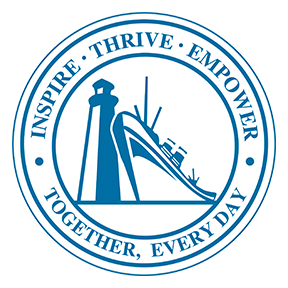November is National Native American Heritage Month, which pays tribute to the rich ancestry and traditions of Native Americans and Alaska Natives.
According to Native American Heritage Month, the history of Native American Month actually dates back to 1915 when Red Fox James, a Native American of the Blackfoot nation, rode a horse from state to state to seek approval from 24 separate state governments for a day to honor the “American Indian.” December 14, 1915, he presented the 24 endorsements to the White House; however, there was no record of a proclamation.
In 1990, President George H. W. Bush approved a joint resolution designating November “National American Indian Heritage Month.” Similar proclamations, under variants on the name, including “Native American Heritage Month” and “National American Indian and Alaska Native Heritage Month,” have been issued each year since 1994.
Nationally, Nov. 26 is recognized as Native American Heritage Day.
About American Indian Children and Families
View our weekly infographics for a visual snapshot of Native American children and families: Celebrating Native American Heritage Month
According to the National Congress of American Indians, more than 30% of the Native population is under the age of 18, compared to only 24% of the total population who are under the age of 18. This sizable young population represents a critical opportunity to ensure all youth and families are engaged, supported and provided tools and resources they need to thrive.
- American Indians are the most rural population of the United States.
- American Indians experience higher disease rates, lower life expectancy rates, higher dropout rates and higher poverty rates than any other racial or ethnic group in the country.
- More than one-third of the American Indian population is under the age of 18.
- There are approximately 644,000 American Indian students in the U.S. K-12 system, with 90% of students attending public schools.
- Academic achievement and educational attainment among American Indian students lags far behind that of their peers. On average, less than 50% of American Indian students graduate from high school each year, and even fewer enroll in and graduate from college.
(Source: National Congress of American Indians)


